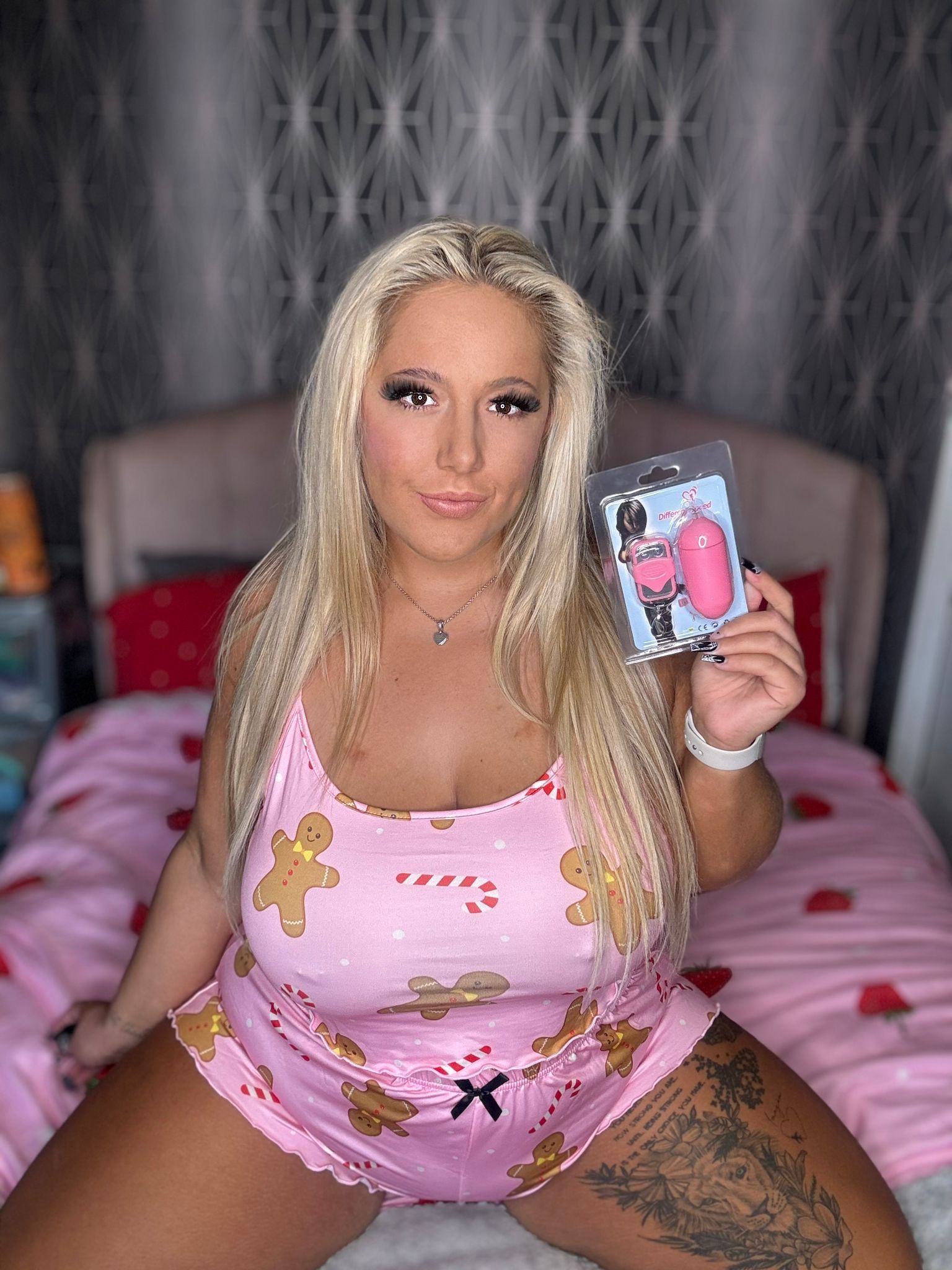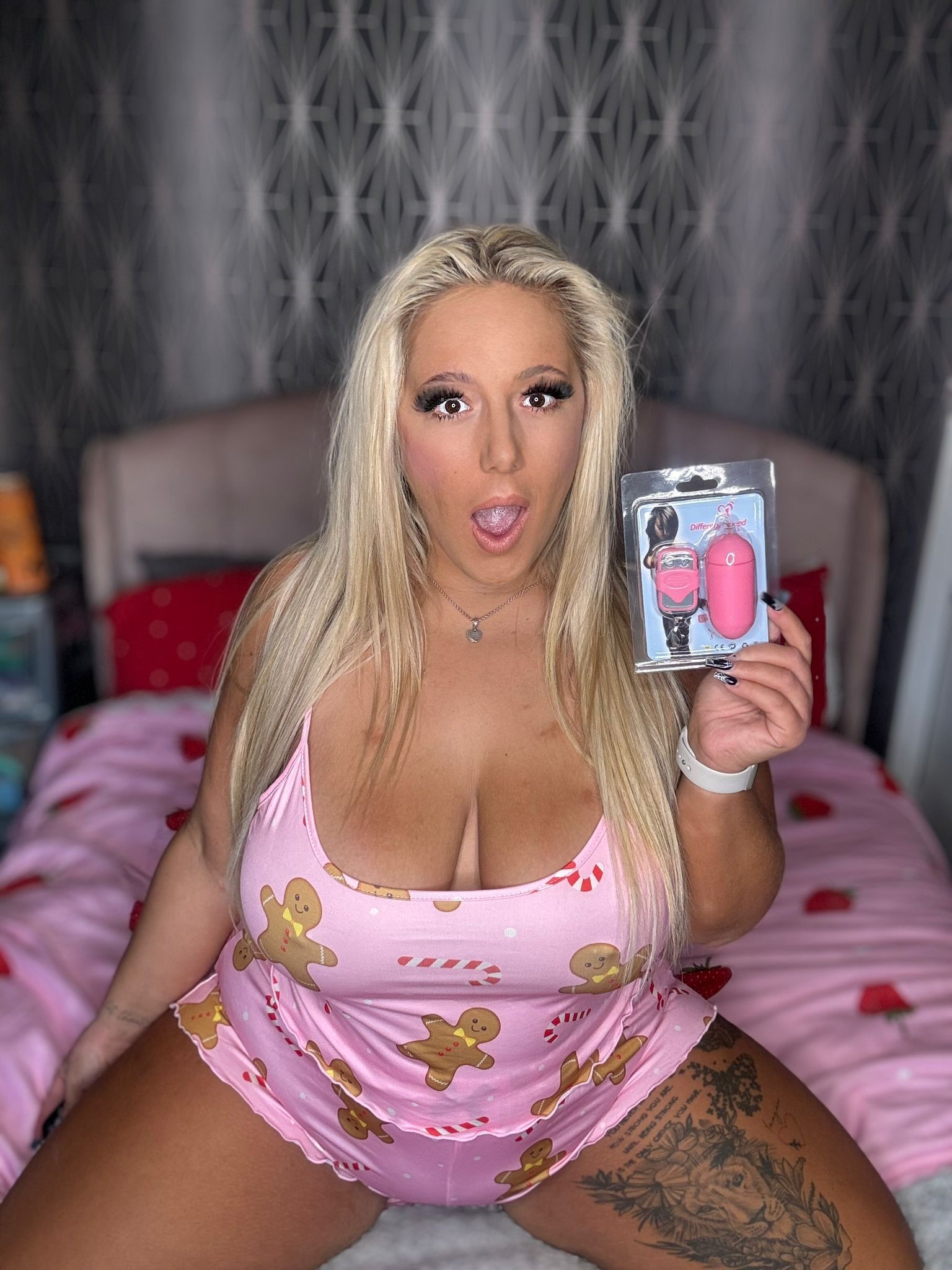What is Brazilian Waxing?
Brazilian waxing is a popular hair removal technique that involves removing all the hair from the pubic area, including the labia and anus. It is also known as a full-body wax or bikini wax.
The process typically begins with cleaning and preparing the skin, followed by the application of a thin layer of wax to the targeted area. The wax is then quickly removed in the opposite direction of hair growth, pulling out the hairs from the root.
There are different types of Brazilian waxes, including the traditional bikini wax, which removes hair from the labia and anus, and the more extreme “full monty” wax, which removes all pubic hair. Some salons also offer additional services, such as sugar or depilatory treatments, to help prepare the skin for waxing.
Benefits of Brazilian waxing include smoother skin for longer periods of time, reduced ingrown hairs and irritation, and a more intimate appearance. However, it can be a painful process, especially in sensitive areas, and may cause redness, bumps, or itching after the treatment.
Routine maintenance is necessary to maintain smooth results, with most salons recommending waxing every 4-6 weeks to prevent regrowth. Proper after-care is also crucial, including avoiding tight clothing and using gentle cleansers to soothe the skin.

The Different Types
Brazilian wax, also known as bikini line waxing or sugaring, is a popular hair removal technique used in many parts of the world. It involves removing excess hair from the pubic area, including the labia, using a special sugar-based paste or wax.
The different types of waxes used for Brazilian waxing vary depending on the location and individual preferences. The most common types of wax used are:
Hard Wax
Hard wax is the most commonly used type of wax for Brazilian waxing. It is applied in a thin layer to the skin, then removed with a cloth strip that pulls out the hair from the root. Hard wax is effective and gentle on the skin, making it a popular choice for many.
Sugar Wax
Sugar wax is another type of wax used for Brazilian waxing. It is made from sugar, water, and lemon juice, and is applied in a similar manner to hard wax. Sugar wax is said to be more gentle on the skin than hard wax, but can be more expensive.
Candle Wax
Candle wax is a type of wax that is often used for Brazilian waxing in spas and salons. It is made from a mixture of beeswax and paraffin wax, and is applied in a thin layer to the skin. Candle wax is said to be gentle on the skin and effective at removing hair.
Soft Wax
Soft wax is a type of wax that is often used for Brazilian waxing at home or by individuals who prefer a less intense hair removal experience. It is made from a mixture of paraffin wax and oil, and is applied in a thin layer to the skin. Soft wax is said to be gentle on the skin but may not be as effective at removing all excess hair.
Purpose and Benefits
Brazilian waxing is a popular hair removal method that involves removing all the hair from the pubic area, leaving only a small strip of hair in the center.
The main purpose of Brazilian waxing is to provide long-lasting results by removing almost all of the hair from the area, giving it a smooth and hairless appearance for an extended period. This method is often preferred over other forms of hair removal like shaving or trimming because it can last up to 6-8 weeks without regrowth.
The benefits of Brazilian waxing include reduced sweat and odor, improved skin health by removing dead skin cells that can harbor bacteria, and enhanced confidence and self-esteem from having smooth and hairless skin. Additionally, this method is often considered more hygienic than other forms of hair removal as it eliminates the need for shaving creams or other products.

Natural Hair Removal Methods
Brazilian waxing has become a popular hair removal method for many individuals, particularly those living in warmer climates or who prefer to maintain smooth skin for extended periods. This method involves removing all unwanted hair from the bikini line, mons pubis, and other areas using hot wax.
There are several natural hair removal methods that can be used as alternatives to chemical-based hair removal products. These methods are often preferred by those who are concerned about the health effects of harsh chemicals or who simply prefer a more natural approach to hair removal.
One popular natural method is sugaring, which involves removing hair from the root using a sugar-based paste. This method is said to be more effective than waxing and can leave skin feeling softer and smoother for longer.
Another natural method is depilatory creams, which dissolve hair at the surface of the skin rather than pulling it out like wax. These creams are available in various forms, including liquid and paste, and can be used on most areas of the body except sensitive skin.
Thread waxing is another natural method that involves using a thread to remove hair from the root. This method is often preferred by those with very coarse or curly hair, as it can be more effective at removing thicker hairs.
Epilator removal is also a popular natural method, which uses rotating tweezers to pull out individual hairs from the root. This method can be time-consuming but provides smooth results for several weeks.
Cheesewax or coconut oil are used to soften the hair before applying heated wax strips, pulling the wax off with a cloth strip that was previously applied to the skin.
Care and Maintenance
Brazilian waxing, also known as bikini waxing or strip waxing, is a popular hair removal method that involves removing unwanted hair from the pubic area, often referred to as the “bikini line.” This type of waxing is designed to leave the skin smooth and silky for an extended period, usually up to four weeks.
To maintain the results of Brazilian waxing, it’s essential to follow a proper after-care routine. Here are some tips:
- Moisturize the skin
- Avoid direct sunlight and hot tubs
- Exfoliate regularly
- Use gentle products on the skin
A well-maintained Brazilian wax can make a huge difference in one’s overall grooming routine. Regular waxing sessions can help to prevent ingrown hairs, reduce the risk of infections, and leave the skin looking smooth and healthy.
It’s also worth noting that Brazilian waxing should be done by a professional, such as a licensed esthetician or wax technician, who has the necessary training and experience to ensure a safe and effective procedure. They will be able to provide guidance on how to prepare for the treatment, what to expect during and after the wax, and tips on how to maintain the results.
The Stripping Process

The process of removing unwanted hair from the pubic area involves a combination of waxing, tweezing, and other methods. This technique has been used for centuries by ancient civilizations such as the Egyptians and Greeks, who used it as a way to maintain personal hygiene and beauty standards.
The Stripping Process typically begins with preparation, where the skin is cleaned and toned to ensure that the hair to be removed is lifted out of the follicle more easily. This involves applying a mixture of water and vinegar or a commercial toner, followed by a few minutes of gentle exfoliation with a soft cloth or brush.
- The next step involves applying a layer of hot wax, which is typically made from a combination of beeswax, paraffin wax, and other ingredients. The wax is applied in thin layers and allowed to cool and harden before being removed with a cloth strip.
- The process can be repeated multiple times until the desired level of hair removal is achieved. It’s also common for estheticians to use after-care products such as soothing lotions or oils to help reduce any irritation or redness caused by the waxing process.
Hard Waxing Techniques
- Why Do People Get Temple Fillers? - November 1, 2025
- What Is The Best Product To Get Rid Of Smokers Lines? - October 29, 2025
- What Are The Best CBD Gummies For Overall Health Benefits - October 26, 2025
